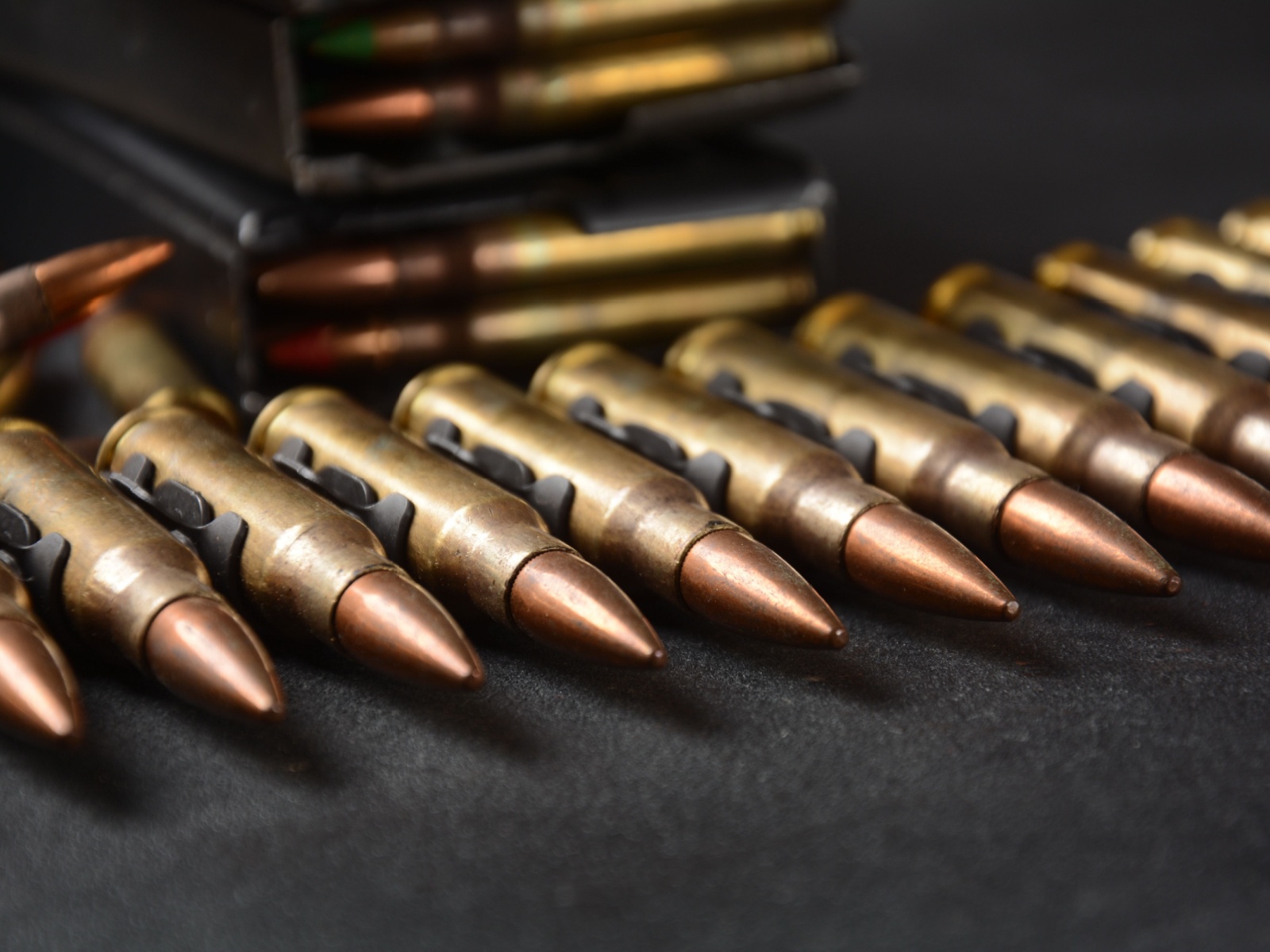MIL-STD-1316 Fuze Safety and Function Test
The MIL-STD-1316 Fuze Safety and Function Test is a critical procedure mandated by the United States Department of Defense for ensuring the reliability, safety, and operational integrity of fuzes used in military ordnance. This test evaluates both the functional performance and safety aspects of the fuze under defined conditions. The standard aims to prevent failures that could lead to accidents or operational inefficiencies during critical missions.
The MIL-STD-1316 specification is widely recognized for its stringent requirements, ensuring that only the most reliable fuzes are approved for use in military applications. The test involves a series of functional and safety checks, including the ability of the fuze to operate correctly under various conditions, resistance to environmental factors such as temperature changes and mechanical stress, and the absence of any potential hazards.
The testing process is meticulous and follows a structured approach. It begins with thorough preparation of the fuzes by ensuring they are clean and free from any foreign materials that could interfere with their performance. The fuze is then subjected to a series of functional tests, which include:
- Operational testing under specified conditions
- Response to various environmental stimuli (e.g., temperature, humidity)
- Reaction times and accuracy in triggering the intended action
The safety checks are equally important and involve assessing the fuze's resistance to overloading, unauthorized activation, and its overall stability. These tests ensure that the fuze does not pose a risk to personnel or equipment during handling or deployment.
| Test Type | Description |
|---|---|
| Functional Testing | Involves testing the fuze under operational conditions to ensure it triggers at the correct time and place. |
| Safety Testing | Evaluates the fuze's resistance to unauthorized activation, overloading, and environmental stresses. |
| Environmental Testing | Assesses the fuze’s performance in various environmental conditions to ensure reliability under real-world scenarios. |
The results of these tests are meticulously recorded and analyzed. Compliance with MIL-STD-1316 ensures that only fuzes meeting or exceeding the specified criteria are approved for use in military applications. This standard is crucial for maintaining the highest level of safety and operational effectiveness, which is paramount in military operations.
In summary, the MIL-STD-1316 Fuze Safety and Function Test is a comprehensive evaluation that ensures the reliability and safety of fuzes used in military ordnance. By adhering to this standard, we contribute to enhancing operational readiness and reducing risks associated with weapon systems.
Applied Standards
MIL-STD-1316 is one of several standards that govern the testing of fuzes in military applications. It is closely aligned with other international and national standards, including:
- ISO/IEC 8402: Definitions for metrology
- ASTM E1392: Standard practice for mechanical testing of metallic materials
- EN ISO 9001: Quality management systems—requirements
The use of these standards ensures that the testing process is consistent and adheres to internationally recognized practices. MIL-STD-1316 specifically addresses the unique requirements for fuze safety and function, ensuring that the tests are tailored to the specific needs of military applications.
Customer Impact and Satisfaction
The implementation of the MIL-STD-1316 Fuze Safety and Function Test has a significant impact on customer satisfaction within the defense sector. By adhering to this stringent standard, we ensure that our customers receive products that are not only reliable but also safe for use in critical military operations.
Our commitment to these tests demonstrates our dedication to quality and safety, which is essential for maintaining trust with our clients. The results of the MIL-STD-1316 testing are transparently communicated to customers, providing them with confidence in the performance and reliability of their ordnance systems.
Customer satisfaction is further enhanced by the consistent delivery of high-quality products that meet or exceed the specified criteria. This not only improves operational efficiency but also contributes to mission success by reducing the risk of equipment failures.
Use Cases and Application Examples
- Bomb Disposal Units: Ensuring that fuzes function correctly under high-stress conditions is crucial in bomb disposal operations. The MIL-STD-1316 test guarantees the reliability of the fuze, reducing the risk of accidental detonation.
- Air Force Missiles: For long-range missiles, the MIL-STD-1316 ensures that fuzes operate accurately under various environmental conditions, ensuring successful mission completion.
- Mortar Systems: In field artillery units, reliable fuze function is essential for accurate and safe deployment. The test standardizes this process, enhancing overall effectiveness.
- Naval Shells: For naval applications, the MIL-STD-1316 ensures that fuzes are robust enough to withstand harsh marine environments while maintaining operational integrity.





